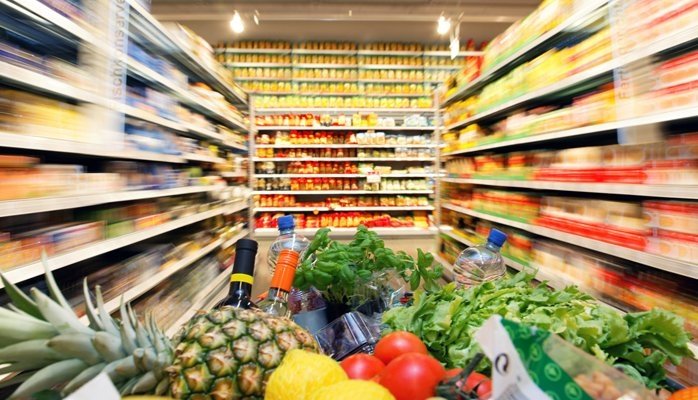Inside BENEO’s new pulse plant: pioneering sustainable protein from faba beans
India has always been a food loving country, with each region having its own special food preference from North to South and East to West. Innovations or new trends are viewed as enhancements to meet either new consumer needs, or existing market needs. This is accomplished through improved, convenient products, processes, services, technologies or business models that are readily available to markets.
Increasing numbers of working women, nuclear families and health conscious groups has resulted in high demand for ready-to-eat, frozen foods, premixes, fortified foods or health drinks. The ‘Make in India’ initiative launched in 2014, further contributes to new trends and opportunities.
Innovation in the food industry combines technical innovation with social and cultural innovation. It occurs throughout the food system, from harvesting to production, primary and secondary processing, manufacturing and distribution.
The Indian food processing sector includes a large number of products from fruits and vegetables, meat, seafood, poultry, dairy products, beverages, grains, cereals and millets, bakery, confectionery, nutraceuticals and even RTE (ready to eat) applications. Time is precious and consumers are highly influenced with western culture, through home delivery services. Today, many Indian producers are making use of new technologies to increase production, meet quality standards and increase profitability.
In the dairy world, beverages have seen a significant amount of activity with innovations and entries of new manufacturers as it grows at a rate of 30% per year. Certain producers and segments could see accelerated growth in the future. Their next phase of growth would witness market expansion driven by new consuming occasions, or gaining new customers through products and packaging.
Milk is inherently considered a healthy beverage and milk beverages are likely to have higher market share with an increasing shift towards natural products. Currently the category’s interaction with consumers is dominated by on-the-go consumerism with at-home consumers limited to ‘Chaas’ and ‘Lassi’.
The larger pie of the at-home beverages is served by carbonated soft drinks (CSD), with juices and juice drinks increasing from a consumer shift away from CSD beverages. Producers can position flavoured milk to also target this section.
The beverage industry perceives high consumer interest for products with reduced sugar. As a result, many companies have launched zero-calorie products like Tropicana’s Trop 50 orange juice, Coca-Cola has also launched new products in this category.
The Indian food processing industry has reached a point where we can expect many new innovations in the coming years. Active and intelligent packaging is an emerging trend in the preservation and packing of food, for safety, quality and convenience.
Challenges in Food Industry
India produces 205 million tons of fruits and vegetables annually and is the second largest country in farm production in the world. Unfortunately, the processing percentage is poor and only seven % of what is grown is processed. In contrast, the USA (65%), China (23%) and Philippines (78%) are far ahead of India in reducing wastage and enhancing the value and shelf life of farm products.
This is an alarming situation for India as a large volume of our agricultural produce is wasted. About 35% of the fruits and vegetables grown are wasted due to poor storage facilities, amounting to a revenue loss of Rs 500 billion. Also, 80% of the vegetables rot due to high water content and lack of processing facilities, resulting in a revenue loss of Rs 125 billion.
The food processing sector takes care of farmers and ensures employment for skilled and unskilled, educated and non-educated labour. What we need is innovation in the food industry to change the current status and growth rate of the food industry.
There are a number of reasons why the Indian food industry is lagging behind in innovation. One prime hurdle is that Indian consumers are not yet ready to experiment with new products. There are cases when the industry has launched a new product that was ahead of time, only to have it rejected by the consumer, even though it was innovative. Atta mixes (Indian whole wheat flour) for healthy food and powdered fruit beverages are examples of innovations that did not work well in the market.
An equally serious issue is the regulatory challenges with new products. So far, there has been no clarity on product approval and many new formulations get stuck in regulatory hurdles. Thanks to new proprietary regulation issued recently by FSSAI, we hope that innovation will soon be fuelled.
The food industry also suffers from low investment in R&D. Only few companies have fully fledged R&D centres which bring out innovative products. For most, the return on investment on R&D remains a concern.
-Neha Deshmukh Patel, Application Technologist, Azelis Food & Health India

